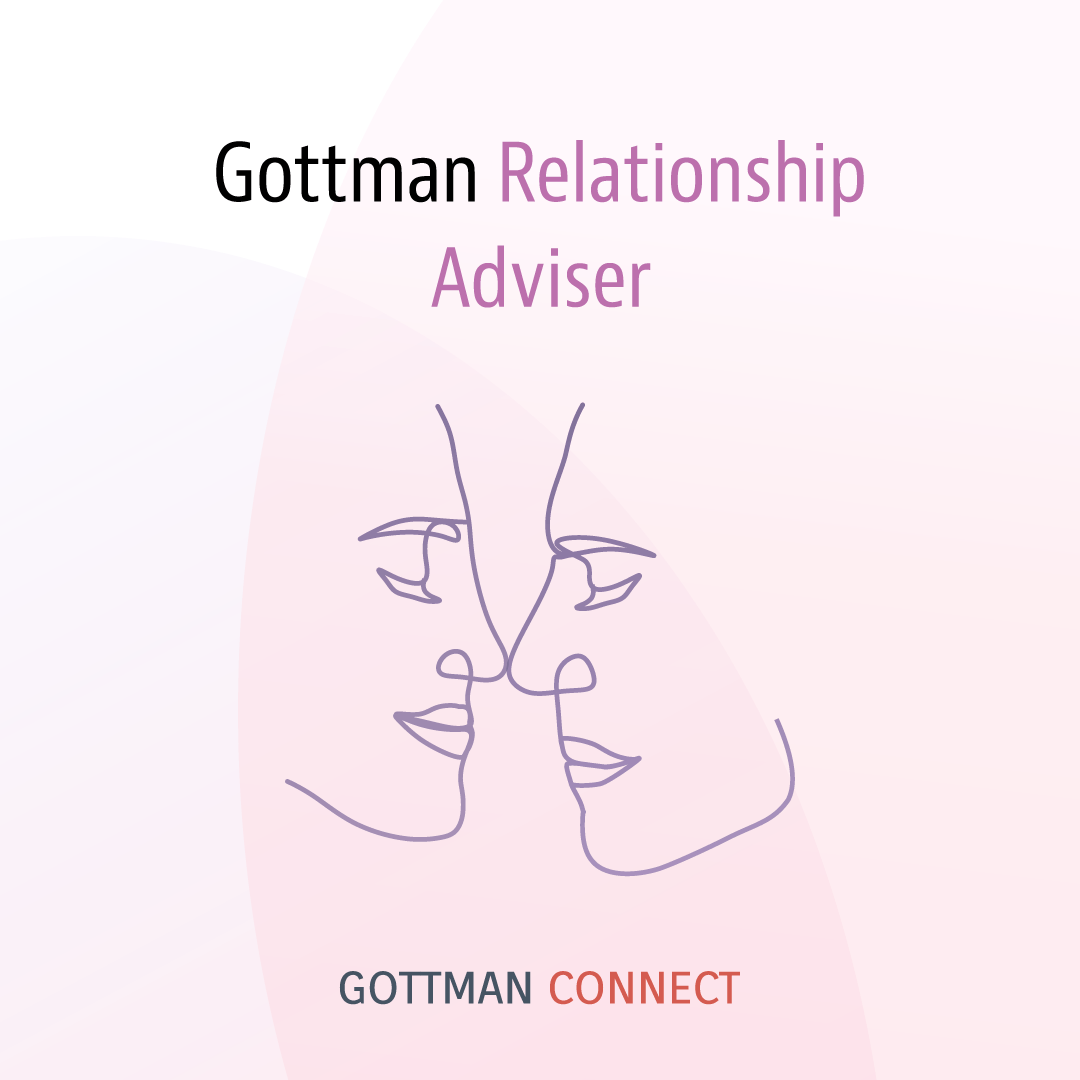Blending a family is one of the most rewarding and challenging experiences a parent can go through. Even with the best intentions, bias can naturally show up. You may avoid using phrases like “my kids” or “your kids,” but the truth is that the bond you share with your biological children can feel different from the one you’re still building with your stepchildren. Kids pick up on those differences, and sometimes they interpret them as unfairness or fear that they’re being replaced.
New routines and shifting family dynamics can feel overwhelming for children at any age. That’s why communication is essential. Simple questions like, “What are your favorite things to do with Mom/Dad?” can give you insight into what makes them feel secure and help you preserve important traditions as you merge your lives.
When communicating with your co-parent, acknowledge that bias exists without making it a competition between the kids. Not every child needs the same kind of parenting, and meeting each child’s individual needs isn’t favoritism, it’s good parenting.
The Challenges Change as Kids Grow
Blending a family doesn’t get “easier”, it just changes. As kids grow more comfortable, new boundaries get tested and new emotions surface. So how do you navigate those shifting challenges without letting them impact your adult relationships? How do you deal with the very real bias that can show up when parenting a child who isn’t biologically yours?
You communicate. You stay curious. You accept that parenting is hard, and you work intentionally to build trust with each child.
Awareness is key. Admitting that bias may exist is not about guilt, it’s about growth. When adults recognize those subtle pulls and gently course-correct, they create a home where every child, biological and “bonus” feels seen, valued, and loved.
Every Child Adjusts Differently
Age plays a big role in how kids adapt to a blended family. Younger children may adjust more easily and develop close relationships with the bonus parent and siblings. Older children, however, may struggle with feelings of being replaced or worry that the new parent threatens their connection to a biological parent in another household.
Support your co-parent by reminding them that each child may require a different approach and that it’s okay to have slightly different expectations or “rules” for each child. Yes, it takes more effort, but it shows kids that you notice who they are as individuals.
Without meaning to, a parent may trust their biological child’s version of events more or feel more protective of them. This can leave bonus children feeling like they’re constantly one step behind or being measured against a standard they weren’t aware of.
What You Might Hear
Kids will often say what they feel most deeply, even if it doesn’t come out perfectly. You might hear:
- “They always make me do that chore but not their kids.”
- “They yell at me for that, but their kids get away with it.”
- “When I was that age, I never got to…”
- “Why do they get to do that and I don’t? It’s not fair!”
- And sometimes: “You’re not my parent, you can’t tell me what to do.”
These moments can trigger frustration and anger fast. It’s easy to channel the red “Anger” character from Inside Out—but there’s a better way.
Listen First, Validate Always
Before reacting, listen. Let them get it out. Then validate:
“I hear what you’re saying, and that must be really frustrating.”
Children share these hard feelings because they see you as safe, even if it doesn’t sound that way. By validating their emotions, you reinforce that safety.
Afterward, consider having a family meeting or encouraging them to write down their feelings to share with the bonus parent. These small steps help build trust, clarity, and connection.
Blending Families Is a Journey
Your bonus kids may not come to you for advice or you might not be the first one they tell an exciting event to and that’s ok. You may have envisioned a closer relationship, hoped you would have the same connection you have with your biological kids. If you don’t, that’s ok. If you can be a positive influence, open to listening to them and share your own connection you will earn their trust and know you are also a safe person to come to. Stay aligned with your co-parent on how to support each child, and keep the lines of communication open with both the kids and each other. This helps everyone feel safe expressing their feelings as they adjust to your new family structure and changing structure through the years.





